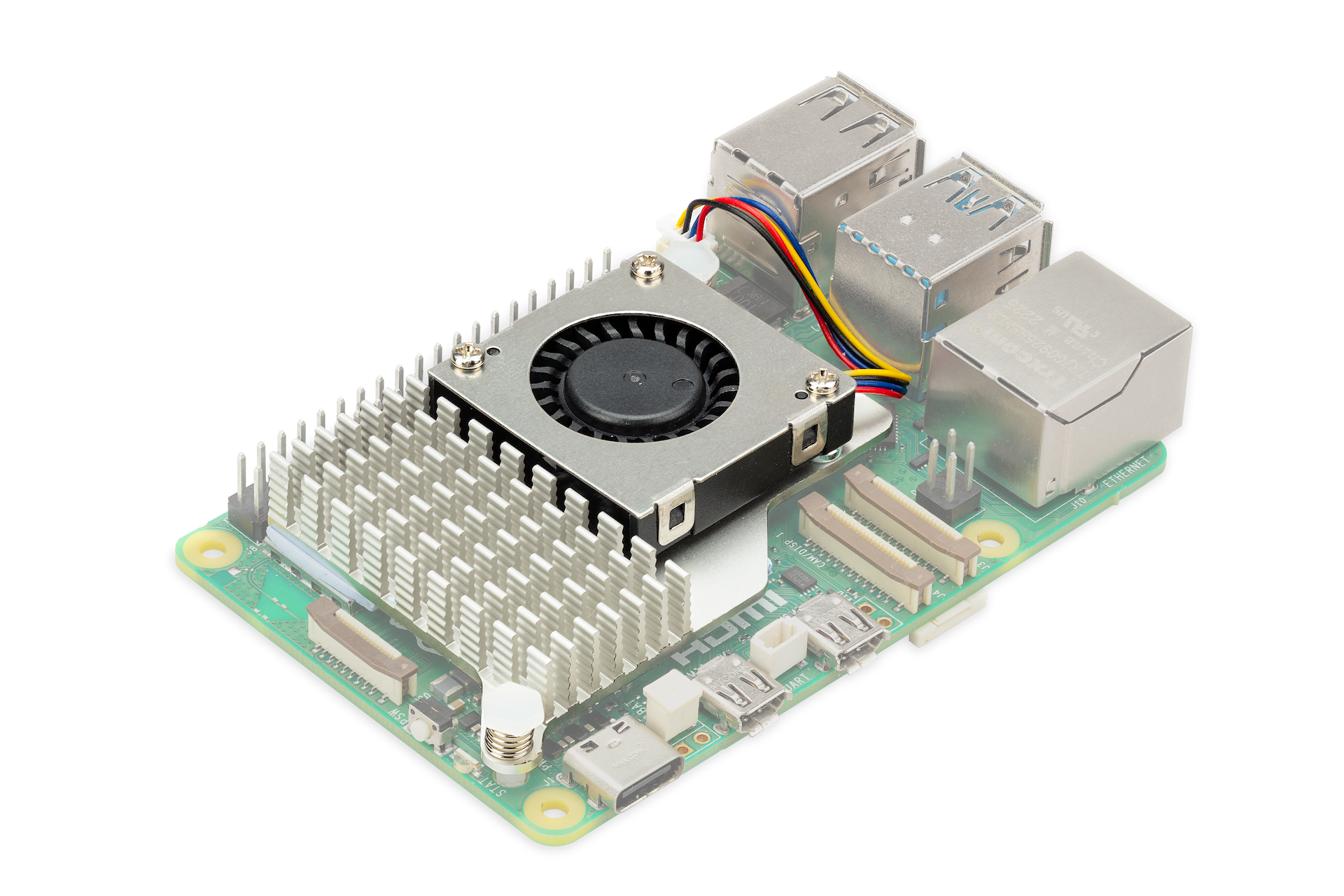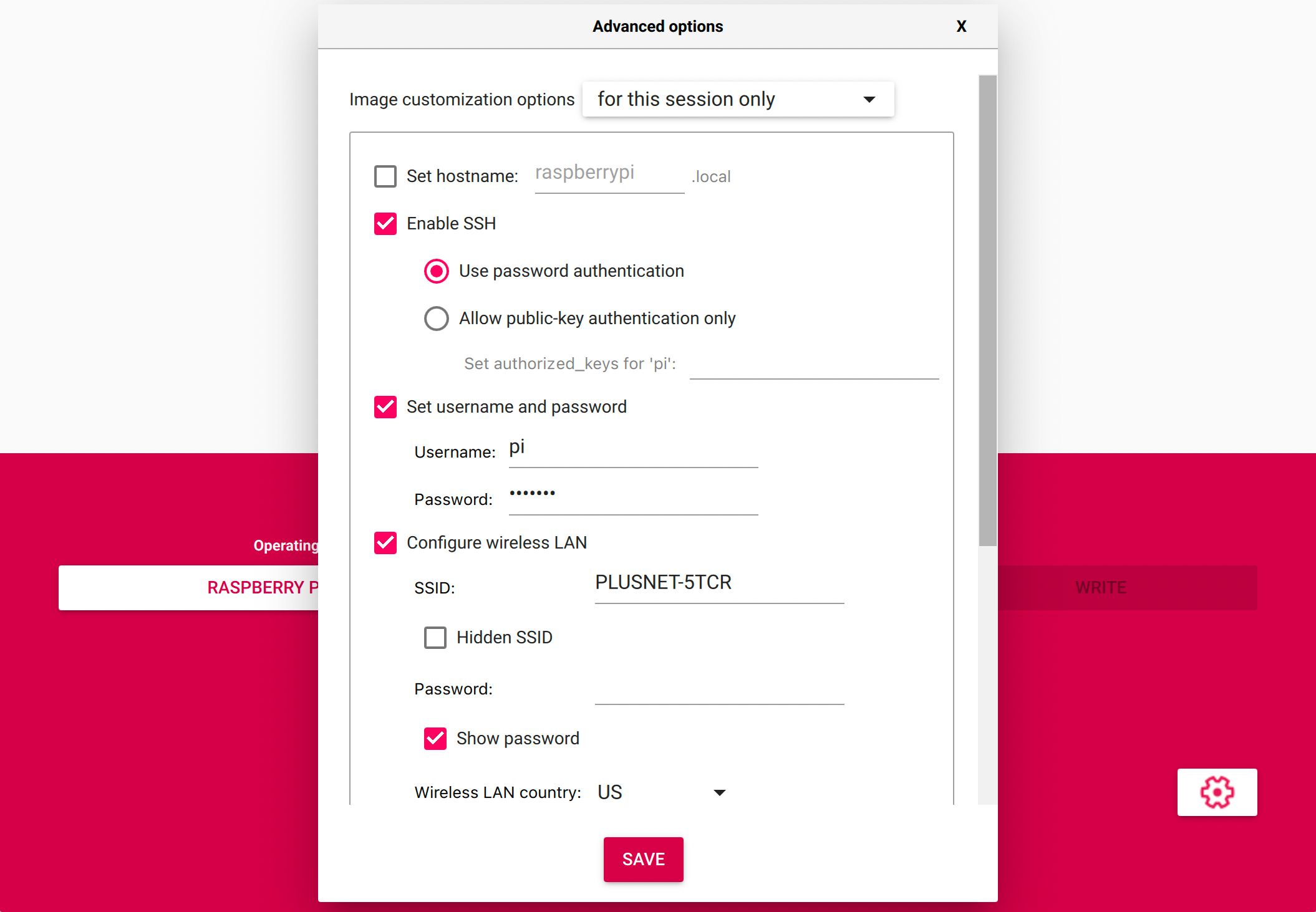Ultimate Guide: Remote SSH Raspberry Pi Behind Router On Windows 10!
Ever felt the frustration of needing to access your Raspberry Pi from afar, only to be stonewalled by a tangled web of routers and operating systems? The ability to remotely access your Raspberry Pi from behind a router on a Windows 10 machine is not just a convenience; it's a fundamental skill for any serious tech enthusiast or developer. It unlocks a world of possibilities, from home automation to remote server management, all accessible from the comfort of your coffee shop.
Imagine this: you're miles away from home, perhaps even in another country, and you realize you need to make a quick adjustment to your Raspberry Pi project. Maybe it's a critical update to your home security system, or a minor tweak to your weather monitoring station. Without remote SSH access, you're stuck. But with it, you're empowered to take control, regardless of your location. This guide will provide you with the know-how to navigate the intricacies of setting up remote SSH, transforming your Raspberry Pi from a simple gadget into a powerful, remotely accessible tool. We'll unravel the complexities, focusing on practical steps and clear explanations, ensuring that even those with limited networking experience can successfully establish a secure connection.
| Raspberry Pi SSH Setup Information | |
|---|---|
| Topic | Remote SSH Raspberry Pi behind Router Windows 10 |
| Purpose | Enabling remote access and automation of a Raspberry Pi from a Windows 10 machine behind a router. |
| Key Technologies | SSH (Secure Shell), Raspberry Pi, Windows 10, Router configuration (Port Forwarding), Dynamic DNS (Optional) |
| Prerequisites |
|
| Steps Involved |
|
| Default SSH Port | 22 |
| Security Considerations |
|
| Troubleshooting |
|
| Reference Link | Raspberry Pi Official Documentation |
- Discover Top Mzansi Telegram Channels Groups Guide 2024
- Vegamovies Is It Safe Legal Find Out Now Alternatives

SSH Remote control your Raspberry Pi — Raspberry Pi Official Magazine

Mastering RemoteIoT Behind Router Raspberry Pi A Comprehensive Guide

How To Access Your Raspberry Pi Remotely A Guide To Remote SSH Into